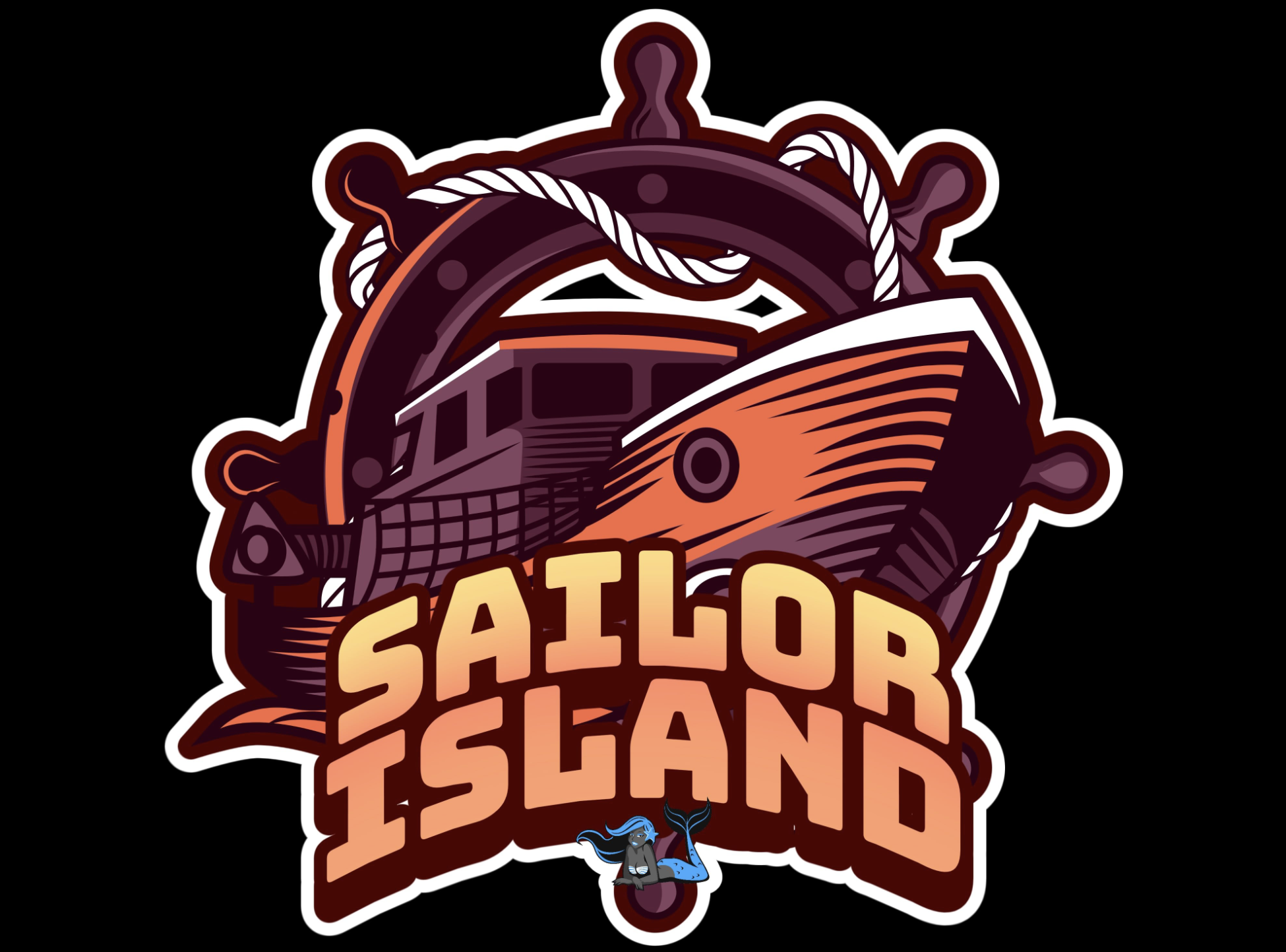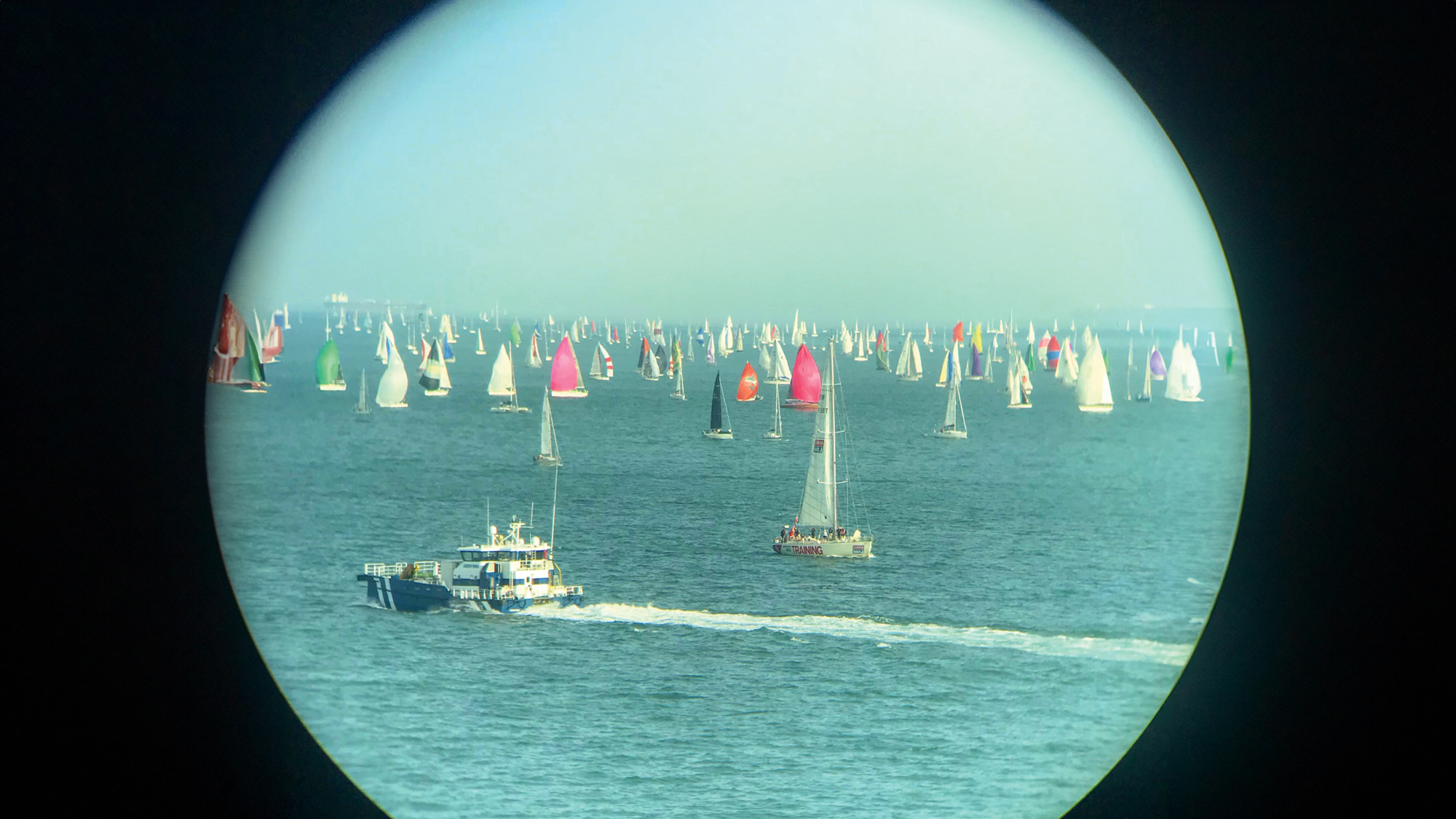Having labored aboard service provider vessels in addition to being a yacht sailor myself, I’ve gained invaluable insights into the visibility challenges posed by small vessels and the vital significance of well timed detection. Typically, particularly at evening, small vessels with out AIS are detected visually properly earlier than they seem discriminable on radar.
Elements equivalent to fog, heavy site visitors, radar litter from land and sea can all considerably diminish each visible and radar detection ranges. Equipping vessels with an AIS (Computerized Identification System) transceiver can alleviate these limitations, enhancing vessel visibility exponentially, rising security and situational consciousness.
AIS operates by broadcasting a vessel’s id (static knowledge), place, course, pace (dynamic knowledge), and extra info equivalent to vacation spot and standing (voyage-related knowledge), equivalent to sail or energy, restricted in capability to manoeuvre and so forth. The static, dynamic and voyage knowledge is broadcast through VHF, AIS alerts are detectable to anybody geared up with an AIS receiver inside VHF Vary (sometimes round 12 nautical miles). AIS targets then develop into seen and show corresponding knowledge to receivers.

A crusing yacht could be tough to identify from the bridge of a giant ship. Picture: Dick Durham/YM
The picture above proper reveals a radar display screen overlaid with a chart. Discover the vessel positioned on the high left of the display screen. It doesn’t have a radar echo however it’s seen because of its AIS sign overlaid on the show. The dearth of a radar echo on this case is probably going because of obstructing buildings and land whereas our vessel was alongside in port. Moreover, observe the repeated arcs of a SART (Search and Rescue Transponder) being examined alongside a south-westerly bearing.
It’s essential to acknowledge a significant flaw in AIS and why one shouldn’t solely depend on it for collision avoidance. Since AIS transmits info from sensors onboard vessels, inaccurate or defective sensor knowledge can result in misinformation transmitted to different vessels, affecting threat of collision calculations.
Article continues under…
At the very least as soon as a visit I come throughout an AIS goal of a ferry seemingly defying logic, crusing astern at full sea pace. This leaves me puzzled for a number of seconds however upon nearer inspection, the reality at all times unveils itself; a easy case of incorrect AIS settings. Somebody had forgotten to change their AIS to the proper setting, inflicting the AIS goal on our screens to indicate them 180º the unsuitable method, portraying a deceptive situation.
Perceive your package
This acquired me pondering my very own boat and its tools. She got here geared up with a belt-driven autopilot system. Having by no means used it earlier than, it took for much longer than anticipated to know its operation. I vividly recall holding the management unit in my arms, toggling it from standby to on, solely to seek out her veering off track repeatedly. Till that second, I had naively assumed this autopilot system utilised the onboard GPS sign.

Radar display screen exhibiting AIS ‘sleeping targets’ not seen as radar targets (circled in pink)
It wasn’t till I gave up in frustration and set the management unit down that it lastly clicked; the heading sensor was built-in into the unit and my frantic arm actions holding the management unit had been the reason for her erratic zig-zagging. This highlights the significance of understanding how the tools you employ works, its inputs and the way common checks of elements is significant.
Though AIS has rather a lot to be mentioned for it when it comes to enhancing security of the mariner, it additionally has its limitations and subsequently all out there means ought to be used to appraise a scenario and the danger of collision.

These are the distances that your vessel ‘ought to’ be seen from, in keeping with Decision MSC.192(79) – Adoption of the revised efficiency requirements for radar tools
Visibility on Radar
For many small vessels fitted with a radar reflector, radar returns could be noticed with out an excessive amount of of a headache, assuming in fact a appropriately tuned radar is getting used. Nonetheless, this isn’t at all times the case; influencing elements equivalent to hull materials, dimension, swell, climate situations, site visitors density, vary scale and proximity to land can all contribute to a small vessel crusing ‘underneath the radar’.
The photograph left was taken of a radar display screen approaching a headland to port, (Bardsey Island if reminiscence serves me). On the time, a crusing vessel was noticed visually forward, however on the radar display screen, it’s a recreation of disguise and search – nothing conspicuous or simply discriminable. It’s straightforward to see on this scenario how AIS would profit security and enhance situational consciousness.
Relaxation assured, there are minimal requirements that every one radar tools should meet regarding goal detection. The above desk is the IMO efficiency requirements for the minimal detection ranges in a litter free situation.

Rain and waves could make recognizing small fibreglass yachts by radar very tough. Picture: Tom Sanders
Warning time
The IMO efficiency requirements specify a small vessel with a radar reflector ought to be detectable by radar at 5 nautical miles (in a clutter-free situation). Contemplate a cargo vessel travelling at 20 knots and a small vessel travelling at 5 knots on reciprocal programs.
The mixed closing pace is 25 knots, permitting the cargo ship 12 minutes to detect, purchase, and take avoiding motion if the small vessel has a radar reflector and is detected at 5 nautical miles. For a small vessel and not using a radar reflector, this detection time reduces to round eight minutes. Moreover, permitting an extra three minutes for the radar monitoring system (ARPA) to supply dependable collision avoidance knowledge as soon as acquired, the efficient time out there for the cargo ship to take motion is roughly 5 minutes.
That is in fact theoretical, and the chances are the vessel would have been detected properly earlier than. It does, nevertheless, show how AIS would emerge as a dependable ally. By constantly broadcasting important details about a vessel’s id, place, course and pace, AIS enhances the visibility of the small vessel permitting earlier detection so an in depth quarters scenario could be prevented.

Transmitting AIS knowledge is a big assist to bridge watchkeepers making an attempt to identify your boat. Picture: Dick Durham/YM
The efficiency requirements talked about above are for a appropriately set-up radar working in clutter-free situations. Nonetheless, this situation represents an excellent world with flat calm situations and no rain obstructing visibility. In sensible use, rain litter discount and sea litter discount are sometimes employed to mitigate the results of radar returns from hostile situations.
Rain litter discount helps minimise the interference brought on by radar echoes from rain, whereas sea litter discount targets the echoes bouncing off the tops of waves. Nonetheless, even with minimal litter discount utilized, small vessels could have their radar echoes diminished or disappear from the radar show solely.
If you’re not sure about your personal visibility give a passing ship a name or native VTS. I routinely expertise small vessels calling up when in open sea asking about their very own radar return power, AIS, or to only ask concerning the climate forecast. Most mariners can be pleased to supply reassurance and a few pleasant dialog.
Conclusion
AIS permits small vessels to be significantly extra conspicuous at larger ranges, which improves situational consciousness for all and reduces the danger of shut quarters conditions. The advantages of getting and utilizing AIS far outweigh the preliminary prices, however like all issues, AIS has limitations and you will need to concentrate on these in addition to being conscious of how your tools works.
Loved studying this?
A subscription to Yachting Month-to-month journal prices round 40% lower than the quilt worth, so it can save you cash in comparison with shopping for single points.
Print and digital editions are available through Magazines Direct – where you can also find the latest deals.
YM is full of info that will help you get probably the most out of your time on the water.
-
-
- Take your seamanship to the following degree with suggestions, recommendation and expertise from our specialists
- Neutral in-depth opinions of the most recent yachts and tools
- Cruising guides that will help you attain these dream locations
-
Comply with us on Facebook, Twitter and Instagram.

